Refine listing
Actions for selected content:
2251 results in Cambridge Elements
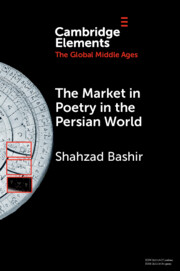
The Market in Poetry in the Persian World
-
- Published online:
- 24 November 2021
- Print publication:
- 23 December 2021
-
- Element
- Export citation
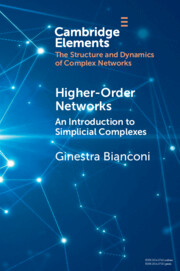
Higher-Order Networks
-
- Published online:
- 23 November 2021
- Print publication:
- 23 December 2021
-
- Element
- Export citation
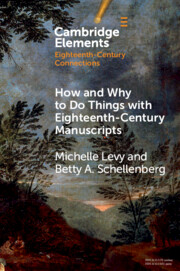
How and Why to Do Things with Eighteenth-Century Manuscripts
-
- Published online:
- 19 November 2021
- Print publication:
- 16 December 2021
-
- Element
-
- You have access
- Open access
- HTML
- Export citation

Film Music in Concert
- The Pioneering Role of the Boston Pops Orchestra
-
- Published online:
- 19 November 2021
- Print publication:
- 16 December 2021
-
- Element
- Export citation
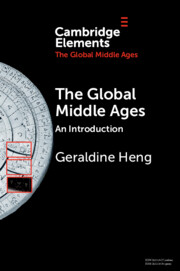
The Global Middle Ages
- An Introduction
-
- Published online:
- 19 November 2021
- Print publication:
- 16 December 2021
-
- Element
- Export citation

Truth and Post-Truth in Public Policy
-
- Published online:
- 18 November 2021
- Print publication:
- 09 December 2021
-
- Element
- Export citation
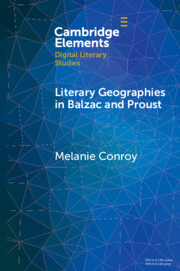
Literary Geographies in Balzac and Proust
-
- Published online:
- 17 November 2021
- Print publication:
- 16 December 2021
-
- Element
- Export citation
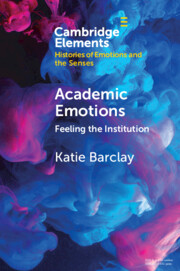
Academic Emotions
- Feeling the Institution
-
- Published online:
- 17 November 2021
- Print publication:
- 16 December 2021
-
- Element
- Export citation

Feeling Terrified?
- The Emotions of Online Violent Extremism
-
- Published online:
- 12 November 2021
- Print publication:
- 09 December 2021
-
- Element
- Export citation

Making Noise in the Modern Hospital
-
- Published online:
- 12 November 2021
- Print publication:
- 09 December 2021
-
- Element
- Export citation
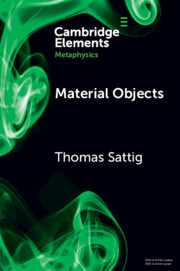
Material Objects
-
- Published online:
- 11 November 2021
- Print publication:
- 09 December 2021
-
- Element
- Export citation
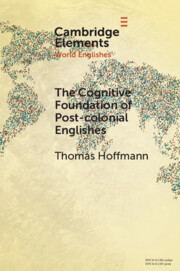
The Cognitive Foundation of Post-colonial Englishes
- Construction Grammar as the Cognitive Theory for the Dynamic Model
-
- Published online:
- 10 November 2021
- Print publication:
- 09 December 2021
-
- Element
- Export citation

Epistemology of Experimental Physics
-
- Published online:
- 10 November 2021
- Print publication:
- 02 December 2021
-
- Element
- Export citation
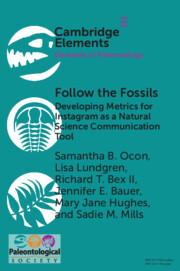
Follow the Fossils
- Developing Metrics for Instagram as a Natural Science Communication Tool
-
- Published online:
- 10 November 2021
- Print publication:
- 09 December 2021
-
- Element
- Export citation
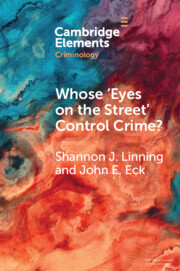
Whose 'Eyes on the Street' Control Crime?
- Expanding Place Management into Neighborhoods
-
- Published online:
- 09 November 2021
- Print publication:
- 02 December 2021
-
- Element
- Export citation
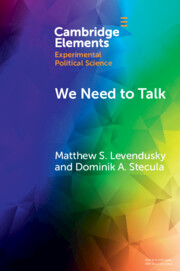
We Need to Talk
- How Cross-Party Dialogue Reduces Affective Polarization
-
- Published online:
- 09 November 2021
- Print publication:
- 02 December 2021
-
- Element
- Export citation
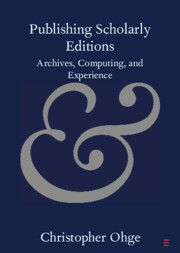
Publishing Scholarly Editions
- Archives, Computing, and Experience
-
- Published online:
- 05 November 2021
- Print publication:
- 02 December 2021
-
- Element
- Export citation

Can Blockchain Solve the Hold-up Problem in Contracts?
-
- Published online:
- 26 October 2021
- Print publication:
- 18 November 2021
-
- Element
- Export citation

New Adult Fiction
-
- Published online:
- 22 October 2021
- Print publication:
- 18 November 2021
-
- Element
- Export citation
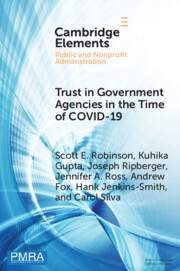
Trust in Government Agencies in the Time of COVID-19
-
- Published online:
- 21 October 2021
- Print publication:
- 11 November 2021
-
- Element
-
- You have access
- Open access
- HTML
- Export citation
